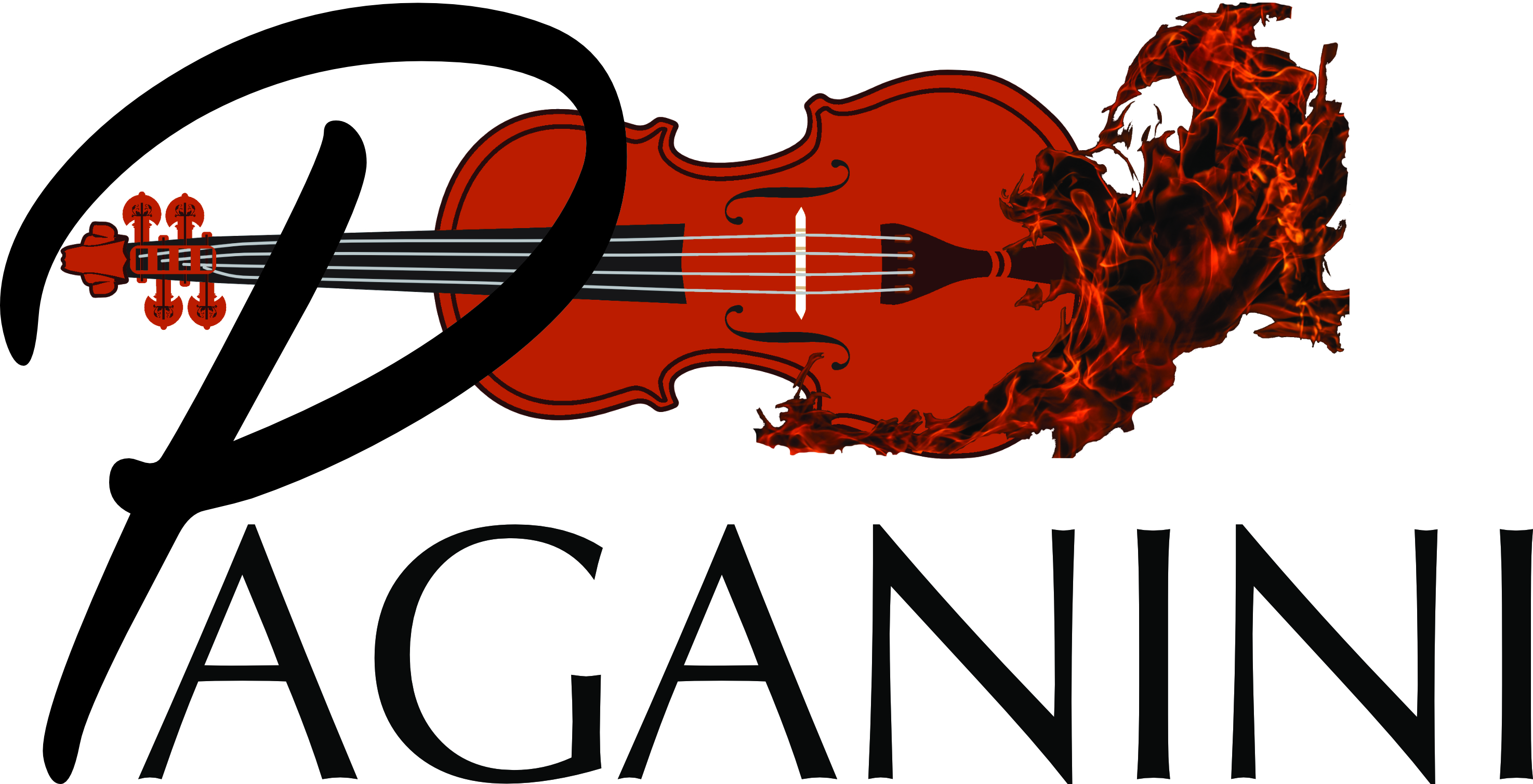In the Beginning
As it happened for all instruments, the violin also went through a historical phase.
During the 1600s, the violin became established as a solo instrument. During the 1700s and 1800s the violin was developed to allow for stronger sound and deeper projection. Between the early 17th century and the middle of the 19th century, several generations of violinists contributed to the immense development of the violin technique. Through several schools of Italy, Germany, and France, this advancement reached the highest peak with the Italian Nicolò Paganini.
The mastery of the violin started in Italy, beginning with the Giovanni Battista Fontana (1589 – 1630). One of his students was supposedly Biagio Marini (1597 – 1667): he is most likely the musician who published the first composition for solo violin. During the next generation, Arcangelo Corelli (1653 – 1713) was responsible for writing his sonatas for violin, op. 5, which are still considered today a headstone for the study of the violin.
In the Germany of the second part of the 1600s, Franz Biber (1644 – 1704) is consider to have created the solo sonata without “accompaniment”. Also, he implemented the technique of the violin, and used different types of “scordatura” in his compositions. Johann Jakob Walther (1650 – 1717) wrote the first German book of instruction for playing the violin. Johann Sebastian Bach (1685 – 1750) enhanced the progress of the German violin literature with his sonatas and partitas.
Back in Italy, several students of Corelli added to the violin path. The contribution of Pietro Locatelli (1695 – 1764) is represented by the originality in the use of harmonics, arpeggios, and double-stops and their application as matter of virtuosity. Locatelli was also the innovator of new tuning of the violin. Francesco Geminiani (1678 – 1762) published a guide in which he promotes holding the violin on the left side of the tailpiece: this would be the way of holding the instrument until now. Lorenzo Somis is remember for the greatness of many of his own students, among whom Viotti.
The development of the violin in France came after Italy and Germany and did not have as many exponents. Jean-Marie Leclair (1697 – 1764) was the first French composer to add technical difficulties to the instrument repertoire. Pierre Gavinies (1726 – 1800) can be considered the founder of the French school.
During the first part of the 1700s, Giuseppe Tartini (1692 – 1770) worked towards the improvement of the shape of the bow and wrote a book of variations to practice the use of it. Later on, Giovanni Battista Viotti (1755 – 1824) became the most talented performer of his time. To him it is attributed the founding of the “modern” school of the violin and its principle of playing. Around the same time, Louis Spohr (1784 – 1859) made his impression in Germany. Founder of a violin school, he developed a particular compositional style, rich of fast passages and double-stops, and often presenting great difficulties.
Compiled by Francesco Binda
